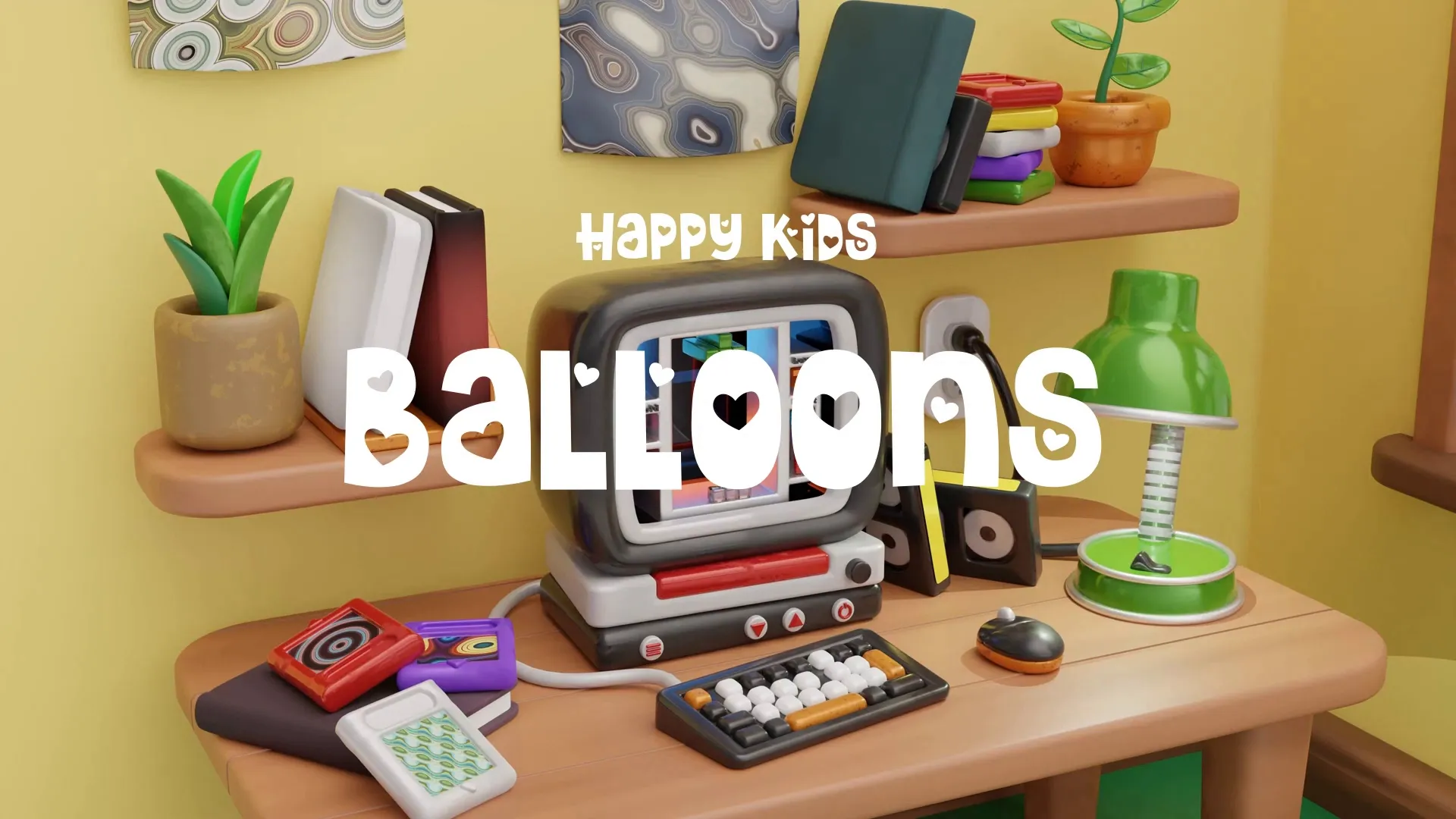Optimizing Game Performance for Indie Titles: Practical Strategies
Indie game development often means working with limited resources and tight deadlines. Performance optimization is not a luxury, but a necessity to ensure a smooth player experience and wider audience reach. Neglecting it can lead to frustrating gameplay, negative reviews, and ultimately, a failed launch.
Profiling Your Game’s Performance
The first step in optimization is understanding where your game is struggling. Use built-in profilers in engines like Unity or Unreal to identify bottlenecks. These tools show CPU, GPU, memory, and rendering spikes, pinpointing exact areas needing attention.
Start profiling early in development, not just before launch. Regular profiling helps catch performance issues before they become deeply integrated and difficult to fix. Focus on critical sections of your game, like busy scenes or intense combat sequences.
Efficient Asset Management
High-quality assets are crucial, but unoptimized assets can cripple performance. Texture resolution is a common culprit; ensure textures are appropriately sized for their on-screen appearance.
Implement texture compression and consider atlasing for frequently used sprites to reduce draw calls. For 3D models, prioritize poly count reduction without sacrificing visual fidelity. Utilize level of detail (LOD) systems to swap out detailed models for simpler versions at a distance.
Audio files also contribute to build size and memory usage. Compress audio files and use streaming for longer tracks instead of loading them entirely into memory.
Streamlining Code and Logic
Inefficient code can be as detrimental as unoptimized assets. Review your scripts for unnecessary computations, redundant loops, or excessive object instantiations.
Object pooling is a fundamental technique for managing frequently created and destroyed objects, like projectiles or enemies. Instead of destroying and recreating objects, reuse them from a pool.
Minimize physics calculations where possible, especially for static or rarely moving objects. Consider baking navigation meshes for AI instead of real-time pathfinding on complex terrains.
Reducing Build Size
A smaller game build leads to faster downloads and better player retention, especially for mobile or web-based games. Remove unused assets from your project folder before building.
Utilize engine features like code stripping and asset bundling to only include necessary components. Analyze your build report to see which assets contribute most to the final size.
Common Pitfalls to Avoid
One common mistake is optimizing prematurely without profiling. This leads to wasted effort on non-issues while actual bottlenecks persist. Another pitfall is ignoring platform-specific optimizations; what works on a high-end PC may not translate to a mobile device.
Failing to test on target hardware throughout development is also a significant error. Relying solely on your powerful development machine can give a false sense of security regarding performance.
Create a free account, or log in.
Gain access to free articles, game development tools, and game assets.























